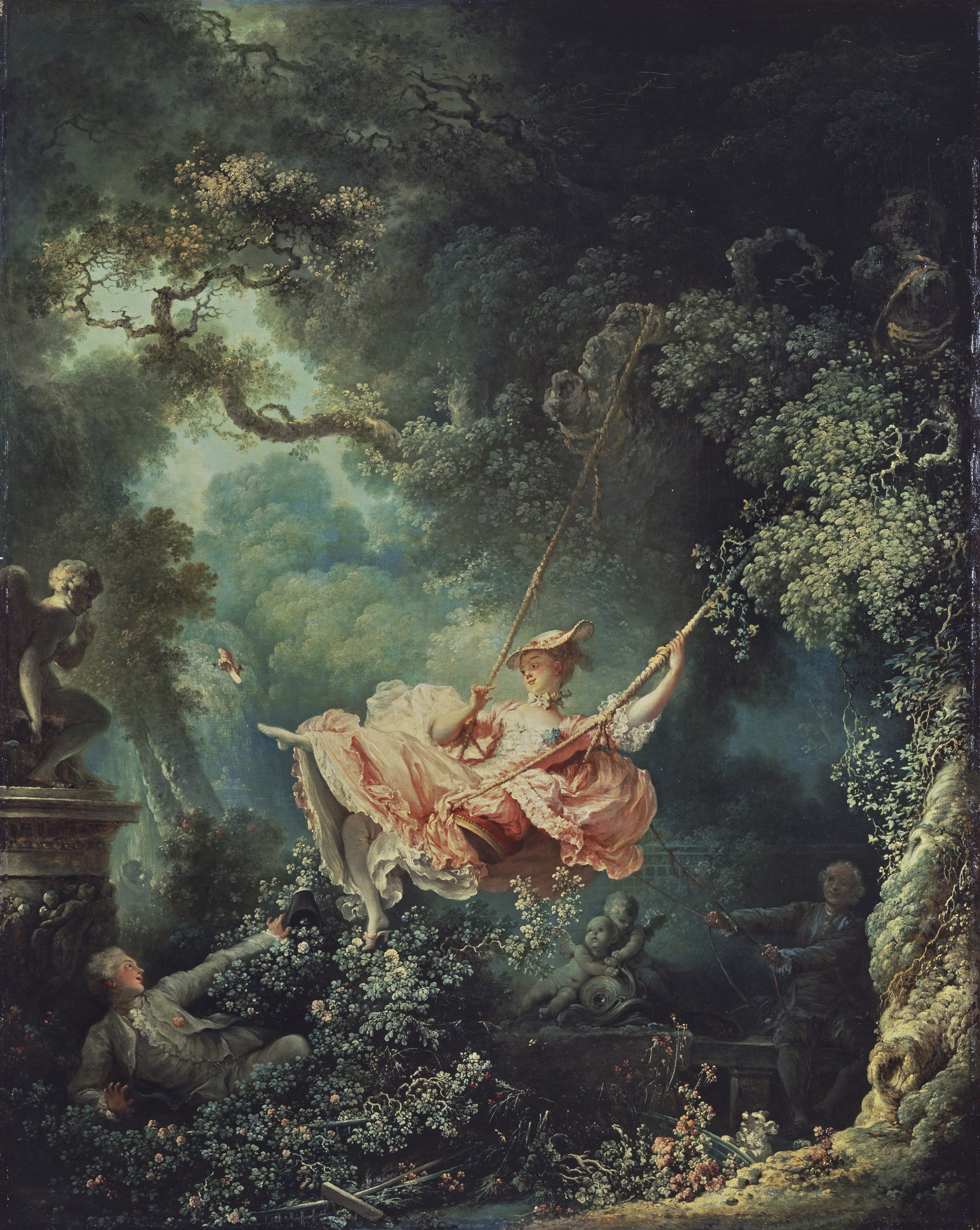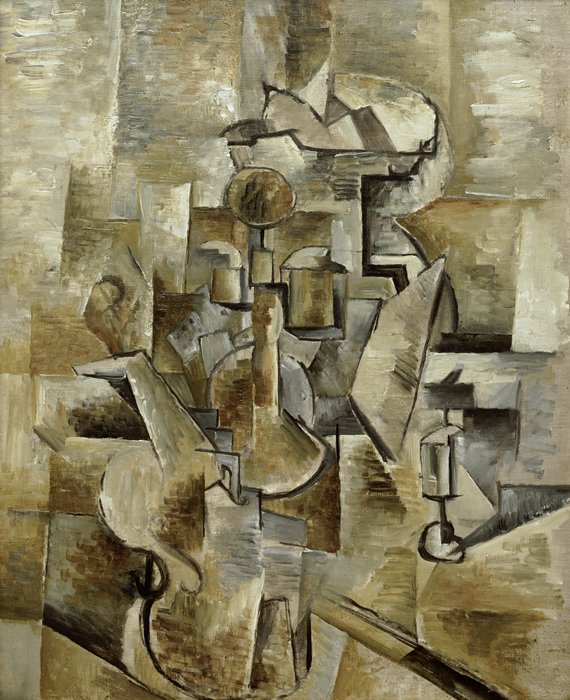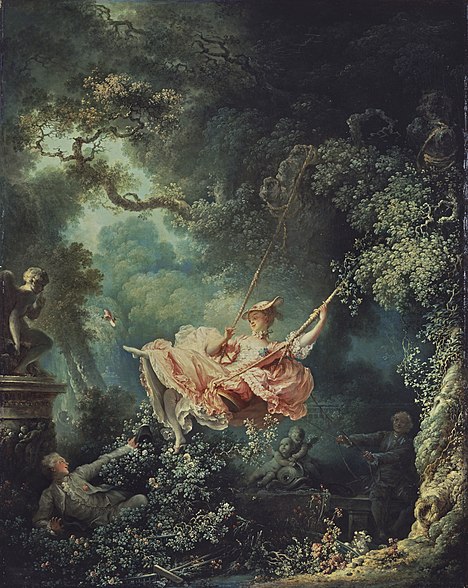Have you ever been to Paris? Have you seen the art in Paris? If you answered no to any of these questions, you are in for a treat. After the seminar on Saturday I have learned a lot about how to become a better blogger and more information on French Art. I was able to kill two birds with one stone. The French had 12 different time period that lasted from 11th Century to the 20th Century. Yes, that 10,000 years of art that we learned in three hours. I'm really Impressed with myself because I usually don't like art, but Ms. Everett made the seminar fun and entertaining. The three time periods that I found interesting was Medieval, Rococo, and Romanticism. All three of these time period were different and have their own different styles. It made me thing twice before I call a painting or drawing stupid. In this blog, you will see the best, the worst, and I will be giving an overall grade of the time periods. Lets get started.
Number 1: Medieval
Medieval was during the 11th Century and lasted until the 12th Century. During the medieval time, architecture was created and grown during the late medieval time period. These architecture was made from gothics that was living in Paris in the 11th century and 12th century.
Wikimedia common: Haley Skeens
The Best: Whenever I think of the word of gothics, I think of time where their were people that worships the devil and a dark time in history. However, I was wrong. The gothics during the medieval times worshipped god and made churches to honor god and the Catholic's population. I'm glad that every citizen was able to cooperate in the creation of the architecture in the medieval time. The gothics also add their own traits onto the architecture and it made the architecture look different and creative.
The Worst: It was good that the Medieval period was the first time period in French art, but they could have done some different things to make their architectures look better. One thing that they can change is the pointed arch that they had on the top of the churches. It made it seem like they was trying to make the top of the churches look like the horn of the devils. It throw me off because churches are usually flat and don’t have any point edges.
Overall Grade: B+
Number 2: Rococo
Rococo was during the 16-17th century and it was influenced by an famous painter named Jean-Honoré Fragonard, who made immature painting during the 16th and the 17th century.
The Best: Jean-Honoré Fragonard did made immature painting, however the paintings where made for a cause. The enlightenment thinkers thought that the pictures where to immature and that Fragonard should change the way he painted. I disagreed with the enlightenment thinkers because I liked the paintings. It shown me that if you want to make a change, you do it the best way you can.
The Worst: I didn't like that Fragonard changed the way he painted because the enlightenment thinkers told him to change the way he painted. If he really wanted to make a change, he needed to keep his painting the way it was, so that the people would be able to see it.
Overall Grade: C+
Number 3: Romanticism
Romanticism was created after the French Revolution and was inspired by the sculpture David, which was created by Michelangelo. Not to get confused with King David, that was also born in the same time period, but King David was in Bethlehem and was a king, not a sculpture. The Romanticism shown that the emotions matters to them.
The Best: I really enjoyed this time period was the time period the most. The romanticism time period shown that the French artist cared about how they painted and the people that look at their paintings.
The Worst: The romanticism time period was good and really don't need that much fixing, but nothing is perfect. To me, the painters where lacking personal thinking skills. What I mean is that the painters were caring about what other people think and they didn’t add their own feeling or thinking to the paintings.
Overall Grade: A-
Do you agree with my overall grade of the time periods? Leave your comment down below. Your comments matter. Don't forget to check out my recent blogs on http://tyttscholarship.blogspot.com/. Your be glad you did. I like to give a thanks to Ms. Everett and Context Travel, I'm learning a lot from the seminar and if I get a chance to go to Paris, I will use all of the skills that I have learned from the seminars.
-Roynell Anderson

















- Follow Us on Twitter!
- "Join Us on Facebook!
- RSS
Contact